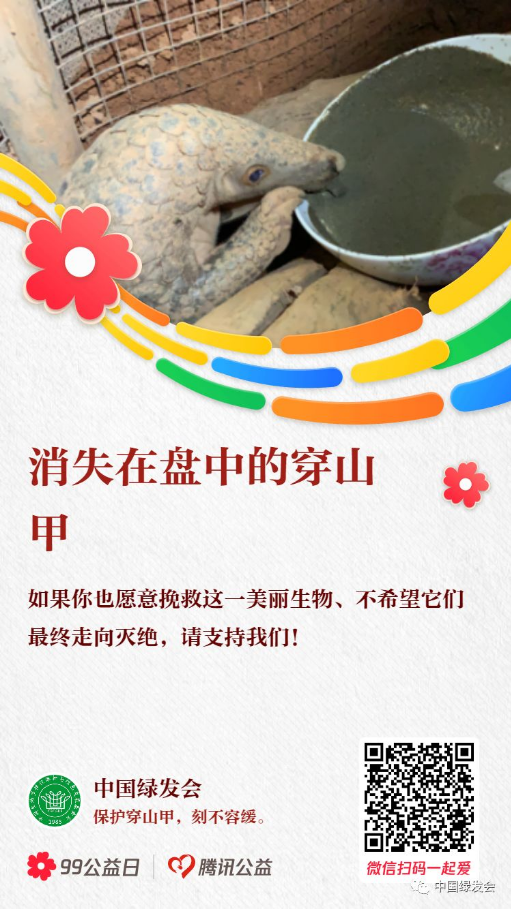On April 28, the China Biodiversity Conservation and Green Development Foundation (CBCGDF) pangolin working group applied to the National Forestry and Grassland Administration for the disclosure of the live pangolins imported by China from abroad since 2015 (including but not limited to the related materials of the 500 live white-bellied pangolins, black-bellied pangolins and Manis gigantea imported by China from Nigeria for artificial breeding in 2015), for example, the implementation plan of the isolation introduction test, the legal source certificate; the relevant regulations on the management of wild animal pedigrees and marking and labeling, the most important thing is whether it complies with Article 3 of CITES.
But a month later, a department of the National Forestry and Grassland Administration replied that Dongguan Qingfengyuan Institute of Medicinal Animals did not agree to make it public. Therefore, it will not be disclosed. However, this decision lacks a legal basis. Because it involves biological safety and social public interests. At that time, what kind of isolation did these 500 pangolins have? Quarantine? On the grounds of “involving the legitimate rights and interests of third parties and third parties disagreeing with disclosure”, the relevant materials were not disclosed in full, and did not comply with the relevant provisions of the “Regulations on the Disclosure of Government Information of the People’s Republic of China”.
According to CITES Article 3: Trade Regulations for Specimen Species listed in Appendix I: The scientific institutions of the importing country believe that the intention of this import does not endanger the survival of the species concerned; (3) For the import of any specimens of the species listed in Appendix I, an import license and export license or a re-export certificate shall be obtained and submitted in advance. Only when the following conditions are met can an import license be issued:
1. The scientific institutions of the importing country believe that the intention of this import does not endanger the survival of the species concerned;
2. The scientific institution of the importing country confirms that the recipient of the live specimen is properly placed in the cage and placed in care;
3. The regulatory agency of the importing country confirmed that the import of the specimen was not for commercial purposes.
In this regard, the questions of CBCGDF pangolin working group are:
Which scientific institution believes that the imported 500 live African pangolins will not harm their survival?
What kind of space does the Qingfengyuan Institute of Medicinal Animals, Dongguan, provide for isolation?
If the 500 African live pangolins were not imported for commercial purposes, were they going to be released in the wild?
However, even for the Malayan pangolins with habitats in China, some people do not release them in the wild on the grounds that they are alien species. How can they go to release African pangolins in the wild? So, if they were planned to be released in the wild, what were they used for? Medicated? Used for viewing? Haven't these been used for commercial purposes?

(Photo credit: CBCGDF)
https://www.paypal.me/CBCGDFChina
Original Chinese article:
https://mp.weixin.qq.com/s/rkC7xFlzdvutnNPBuOu3Tg
